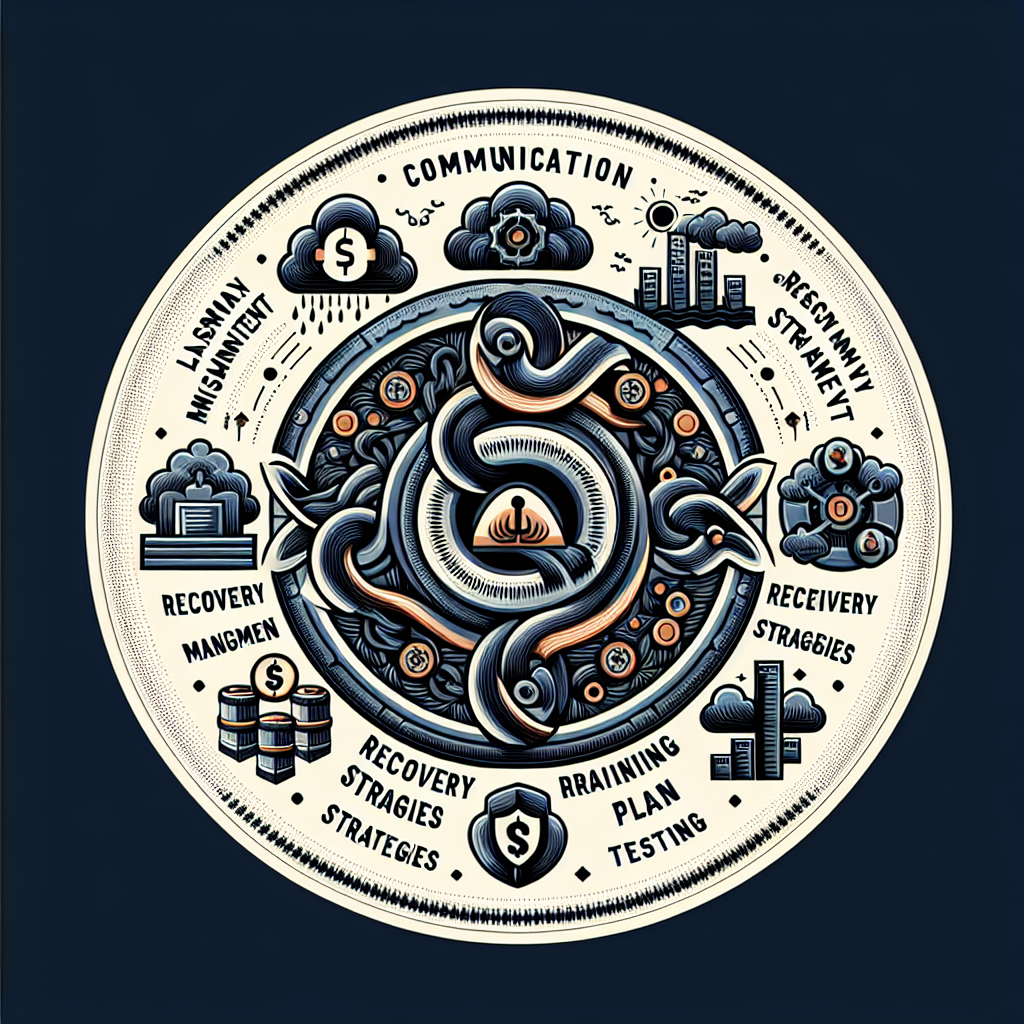In today’s fast-paced and unpredictable business environment, having a solid business continuity plan in place is essential for ensuring the survival and success of any organization. A business continuity plan is a comprehensive strategy that outlines how a company will continue its operations in the face of unexpected disruptions, such as natural disasters, cyber-attacks, or pandemics. To be effective, a business continuity plan must include key components that address various aspects of the organization’s operations and ensure its ability to recover quickly and efficiently.
One of the key components of a successful business continuity plan is risk assessment. This involves identifying potential threats and vulnerabilities that could disrupt the organization’s operations and assessing the likelihood and potential impact of these risks. By conducting a thorough risk assessment, businesses can develop strategies to mitigate these risks and minimize their impact on the organization.
Another important component of a business continuity plan is a detailed recovery strategy. This involves outlining the steps that need to be taken to restore the organization’s critical functions and processes in the event of a disruption. This may include identifying alternate facilities, suppliers, and resources that can be used to continue operations, as well as establishing communication protocols to keep employees, customers, and other stakeholders informed during a crisis.
Communication is also a critical component of a successful business continuity plan. Establishing clear lines of communication both within the organization and with external stakeholders is essential for ensuring that everyone is informed and coordinated during a crisis. This may involve setting up emergency communication systems, such as a designated crisis management team or a communication hub, and providing regular updates to employees, customers, and suppliers.
Training and testing are other key components of a successful business continuity plan. It is essential for employees to be trained on their roles and responsibilities in the event of a crisis, as well as on the procedures and protocols outlined in the business continuity plan. Regular testing of the plan through simulated exercises and drills can help identify any gaps or weaknesses in the plan and ensure that everyone is prepared to respond effectively in a real crisis.
Finally, monitoring and updating the business continuity plan on a regular basis is essential for ensuring its effectiveness. As the business environment and technology landscape evolve, organizations must review and revise their business continuity plans to ensure they remain relevant and up-to-date. By regularly assessing and updating the plan, businesses can ensure that they are prepared to respond to any unexpected disruptions and continue their operations with minimal downtime.
In conclusion, a successful business continuity plan is essential for ensuring the resilience and longevity of any organization. By including key components such as risk assessment, recovery strategies, communication protocols, training, and testing, businesses can effectively prepare for and respond to unexpected disruptions and ensure the continuity of their operations. Investing time and resources into developing a comprehensive business continuity plan can ultimately save businesses time, money, and reputation in the long run.


Leave a Reply